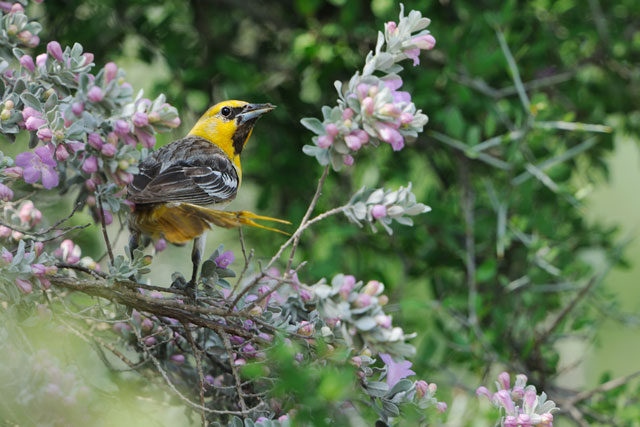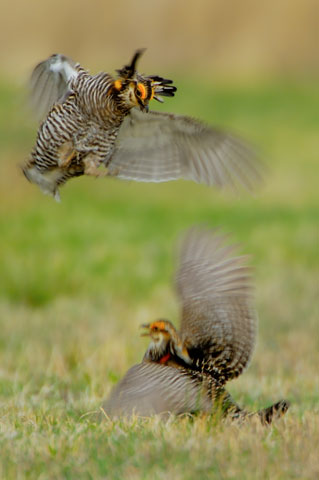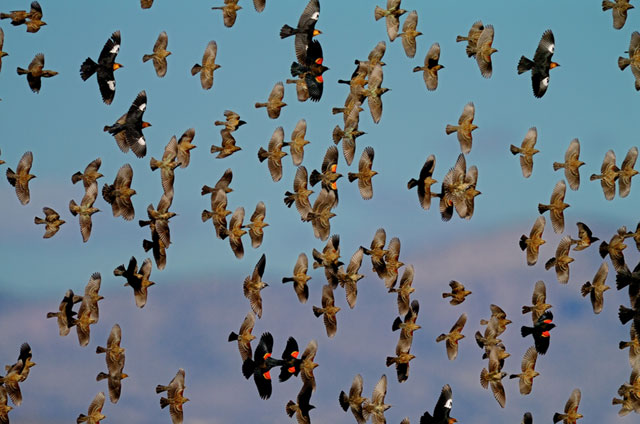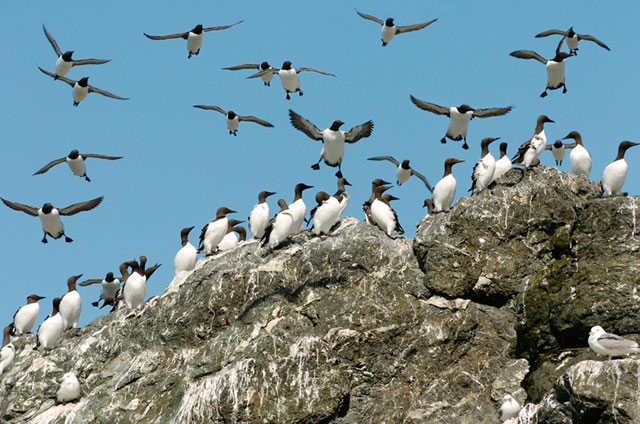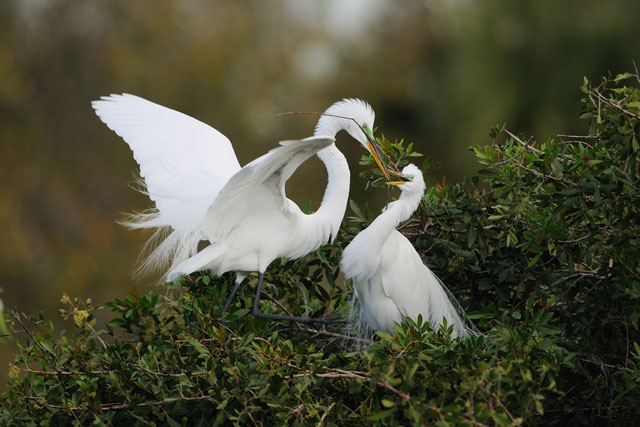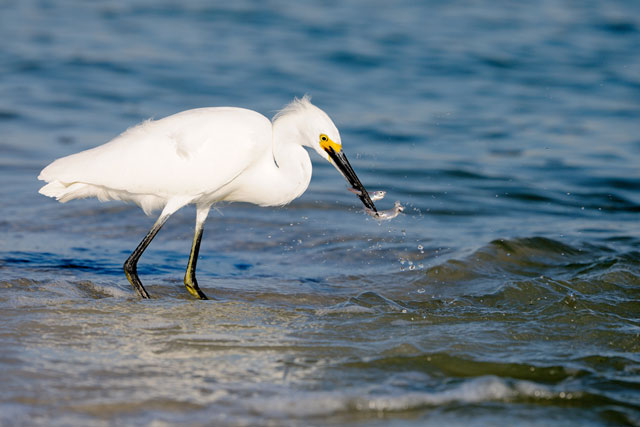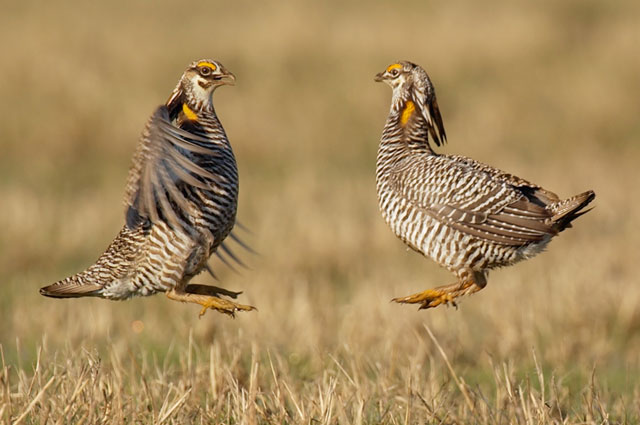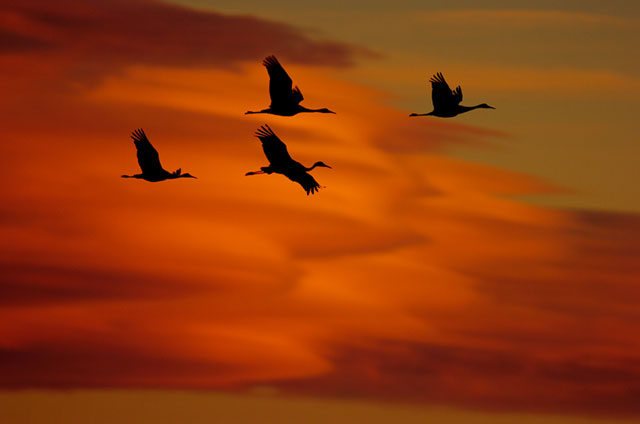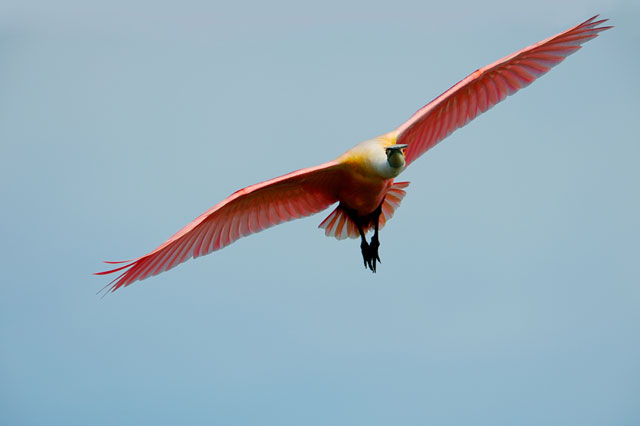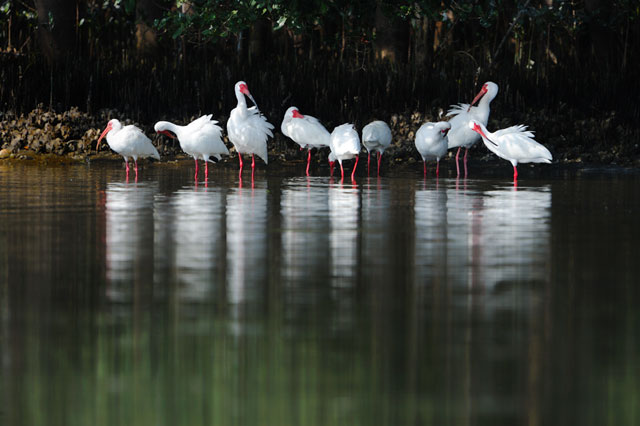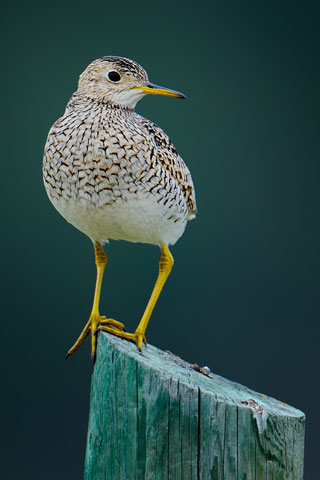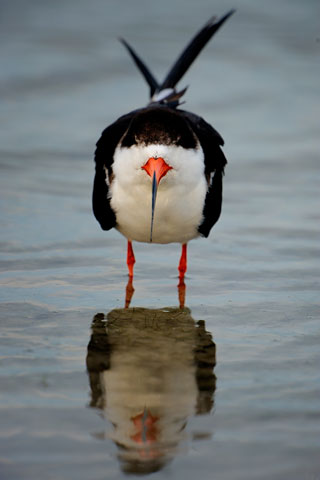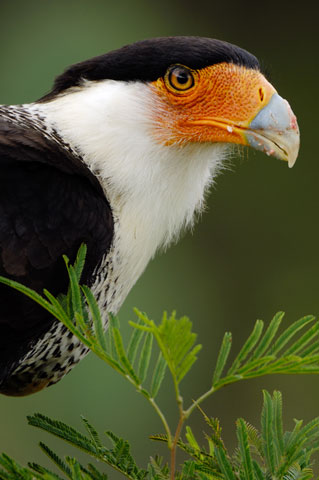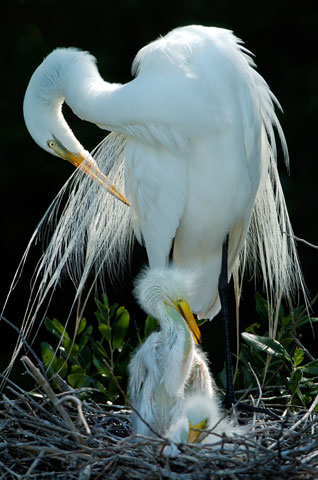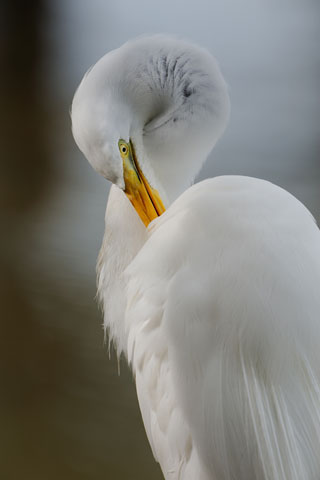The Challenge of Bird Photography
Make no mistake, bird photography will challenge your skills. When you’re trying to get something the size of your index finger to fill the frame, you find that long glass—that is, a far-reaching telephoto lens—is only part of the answer. First, you need a basic understanding of your subject. The more you know about birds, or a particular species, the better everything else will be. The first big benefit of your knowledge will be the safeguarding of the species’ welfare, which is of utmost importance in all wildlife photography.
Next comes getting closer to the birds. Simply, getting close is the best way to get a bigger subject in your viewfinder. No matter the focal length of the lens, the closer you are, the bigger the subject. One of my favorite lenses for photographing birds at my feeders is the AF-S VR Zoom-NIKKOR 70-300mm f/4.5-5.6G IF-ED. And feeders, offering free food and water, are the easiest way to attract birds. To find birds in the field, take a lesson from home: go where the food is—on the shoreline where birds feed on crabs and fish; to the desert water hole; in the forests where they feed on insects. At these places I first let my eyes do the walking—I have a pair of Nikon 12X binoculars, and I glass the area looking for the natural places where birds feed.
My field lens is the AF-S NIKKOR 600mm f/4G ED VR; in my book it's the ultimate lens for bird photography in the field. And, if it isn’t long enough, I like to add the AF-S Teleconverter TC-17E II. Together, they give me more than a 1020mm reach. With an angle of view of only two degrees, that combination gives me a lot of control of the background: simply moving inches to the left or right, up or down, totally changes the background.
A big part of bird photography is flash—but not for the reason you might think. Using an SB-900 has more to do with color than with exposure. Sound a little strange to you? Well, birds have feathers that are by design meant to reflect color, but the light we often find them in doesn’t bring out that color. Flash will do that. The flash technology built into Nikon Speedlights makes using an SB-900, SB-800 or SB-600 practically intuitive, and, of course, with digital you can see the results of your exposure choices right away.
The cameras I'm using for my bird photography are the D3 and D3X. The D3 gives me the advantage of nine frames per second; the D3X gives a large, richly detailed file. In either case, I can get instant feedback, and I've learned that the smart digital photographer goes through the day’s images that night, learning from mistakes and improving on success.
Finally, a key piece of equipment: a tripod. Mine is a 5000 series carbon fiber Gitzo. If you're mounting a D3X and a 600mm NIKKOR and setting up at seashores, in forests and swamps, I'd advise the strongest, toughest tripod you can manage.
Bird photography is one of the greatest photographic pursuits. You need knowledge, patience and skill, but those challenges make the rewards that much greater.
Take up bird photography and you’ll know the challenge of the chase.

